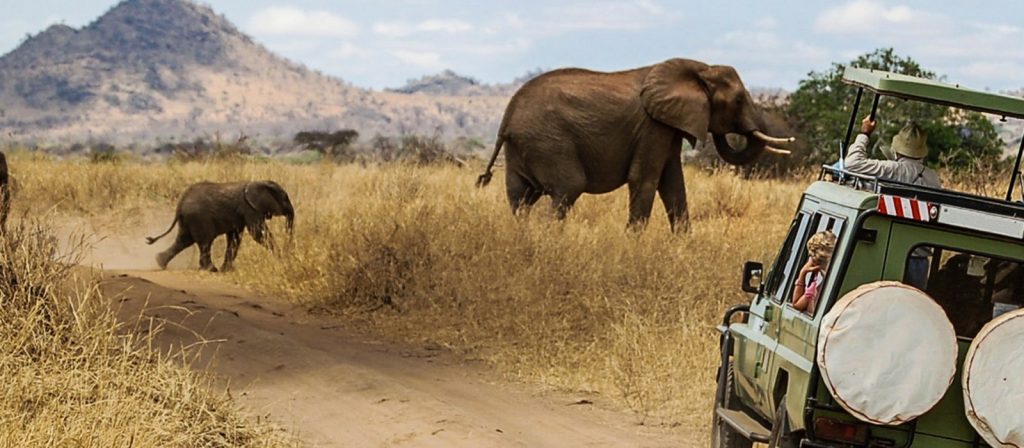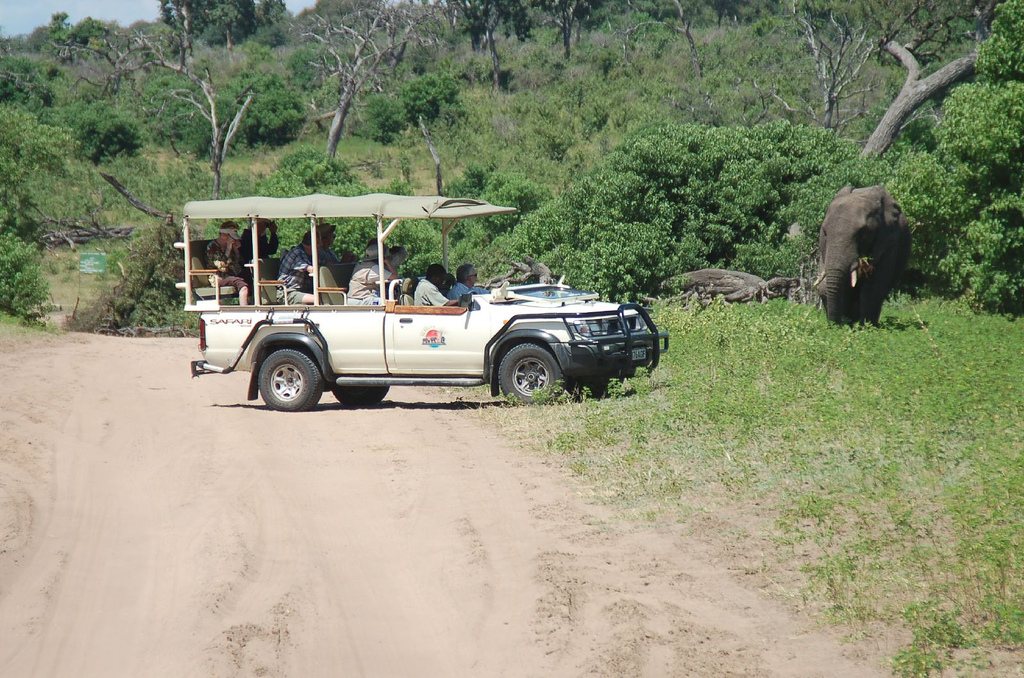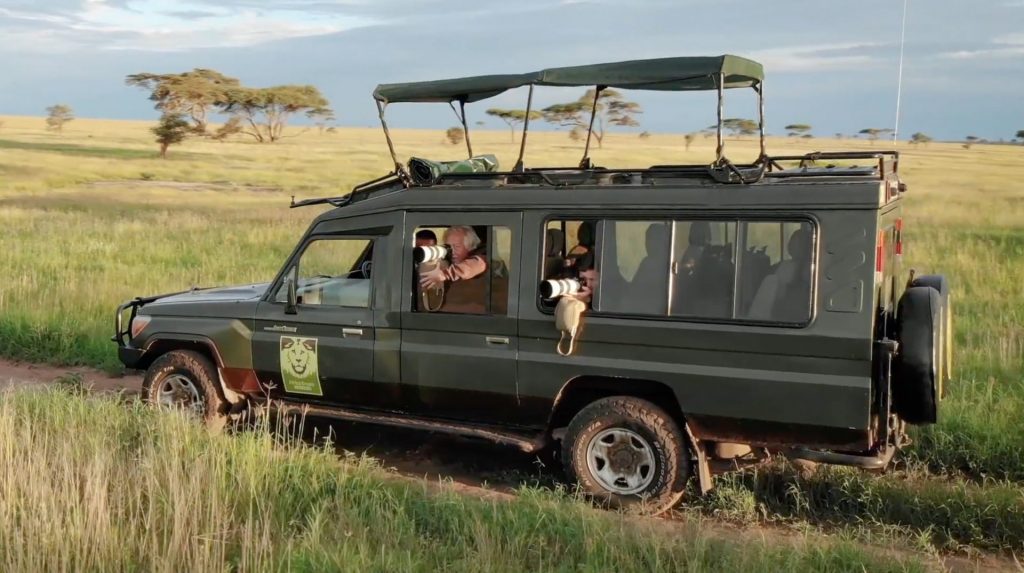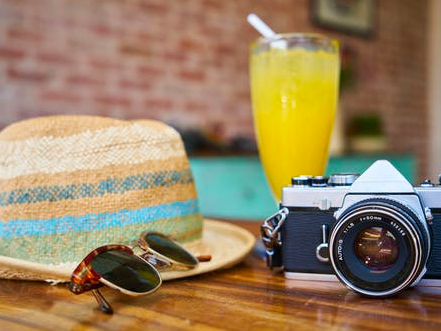
The rugged terrain beckons. The undulating suns, the Rocky Mountains, the incorrigible trails. This is the ultimate dream of a motorist. Not many vehicles will be able to withstand the raw elements. One would need a beast to brave the sudden sandstorms and the cloudbursts.
An African Safari is a once in a lifetime experience. Tourists from all over the world flock to these desolate lands to seek adventure. The teeming wildlife, the photographic moments of a hunt, the distant call of the wild all add up to the exotic drama, that is Africa.
An African Safari is incomplete without a ride on the grand vehicles that wheel around people and material with élan. The criteria for a vehicle to qualify as a safari vehicle are few simples:
- Longevity
- Economic fuel consumption
- Can carry weight
- Cost of maintenance will have to be minimum
- Easy to use
- Is safe to drive and ride
Let us look at some of them which do qualify as an African Safari vehicle:

4×4 Open Safari Vehicle
These are the most popular vehicles that ply in the African safari scene. The reason they are open is to bring the tourists closer to the wildlife. These open vehicles are a hit with wildlife photographers who are always eager to be close to nature. Watching wildlife action is a thrill most seek. Riding on an open African Safari vehicle is that ultimate pleasure.
These jeeps generally have two rows of three seats each. They hold up to 6 guests. Many of these vehicles are roofless with a standing area and cover above. This lets the guests stand and have a look around. The open African Safari Vehicle also has a seat for the Safari tracker. This person will be watching the road ahead to keep the guests inside safe. The sunshades above protect the guests and the people inside. Roofless cars are great for birdwatching.
Some rules and regulations govern the usage of these cars. While private game parks have relaxed norms the national parks have stricter ones and adherence to them is a must. The open African Safari vehicle has been made famous in numerous movies. They have often been cast as frontline vehicles and that has worked in its favour.
These open African Safari Vehicles ply in the following countries:
The sight of these beasts is a relish to the eyes. Their driving prowess is known all over the world and the ease of usage is legendary. The African safari vehicle is a legend in its rights.

Closed African Safari Vehicles
These are vehicles of the same origin but the only change in design is that it is closed. It does not have an open roof. Closed African safari vehicles are usually driven in areas where it has been ascertained that there is a possibility of an animal attack. These vehicles are more seen in the Eastern part of the continent. The internal design of the vehicle is similar to open hatched ones. Two rows of three seats each. They carry 6 guests, a driver and a spotter. These vehicles often are kitted with advanced features like refrigerators and air conditioning. They also might have after-market truck part like sinister diesel to help give the engine a little more boost. Trips to Serengeti and Masai Mara can often be long and exhausting. With these features, travelers will feel a bit more comfortable and rested.
The reason why you get to see closed vehicles is that East African national parks do not allow open vehicles. This is to ensure guest safety. The rules may be different in private game reserves. The other reason being the region has a well-developed road network and that requires a closed vehicle.
The pertinent question that is often asked by travelers is the difference of experience one gets whilst travelling in these two types of vehicles. The vehicle is dependent on a variety of factors. National rules and regulations, type of guests et al. For the one who wishes to enjoy the trip from the comforts of an air-conditioned vehicle then a closed African Safari Vehicle is ideal. But for those who wish to seek the thrill of being close to nature, then an open is a necessity. As mentioned earlier, wildlife photographers prefer to travel in open jeeps, which will allow them to remain focused on events that may arise out of nowhere.
However, the choice of vehicle, as mentioned before is primarily dependent on the national park authorisation.
Countries which do not allow open African safari vehicles are:
These countries also have a well-developed and extensive highway system where vehicles follow the highways acts. These acts stipulate that vehicles will have to close on all sides barring a sunroof which can remain temporarily open.
An African Safari is a traveller’s delight. Travelling through the nooks and corners of the continent, a safari comes to life amidst verdant nature. The continent of Africa exists in extremes. And the only way one can savour it is by travelling through its numerous national parks and game reserves. What seems like a dust bowl at first often ends up giving the traveller some of the best moments in life.
One of the most important aspects of African Safari Vehicles and vehicles in general concerns safety.

A car has to be safe enough for the guests inside to survive a crash. Most car designs are envisaged in a way that ensures maximum survivability. Numerous crash tests are conducted to ensure the same.
In the African wilderness, where the terrain is a challenge for every driver and vehicle, being hardy is an understatement. Hence, the focus on vehicle manufacturers is always safety first. Safari vehicles are meant to survive the harsh terrain and not speed race. Hence, they do not have a high top speed. But they are fuel-efficient. The other most important thing to remember is maintenance. If the car is too complex to maintain, then it becomes a challenge to keep it running for long period in time.
Also, maintenance costs money. The longer the car runs, the greater will be the operating cost. This will in turn eat into the overall profit of the tour company. Hence, safari tour companies will also be looking at the long term running cost of these vehicles.
Constant feedback and customer service appraisals have led car manufacturers into building efficiently designed vehicles. These vehicles have to be efficient in every manner and not just from the perspective of fuel.
Their design has to be accommodative. That would mean future modification to the car will be possible. Moreover, future modifications do not unsettle the centre of gravity of the vehicle is a concern that needs to be looked into, too.
Modern engineering has improved by leaps and bounds. Tensor flows and fluid dynamics has made sure that fast-moving projectiles and vehicles face the minimum drag, thereby reducing air friction. This helps in the minimum effort being put into running the four-wheelers. Fuel is saved as well as the safety of the vehicle increases.
A quick word on the kind of reserves that are present in Africa.
There are two types of natural reserves.
A private reserve is either owned by an individual or a private entity. These are generally game reserves which are smaller in size and scope. The number of animals is lesser too. The rules and regulations will be made by the owner of the holder of the game reserve. One of the important decisions that the game reserve holder can take is the opening and closing times. Usually, private reserves do not have a fixed opening and closing times. That is because, this being a private business, has to look at revenue streams. And maintaining a game reserve is a costly affair.
Private game reserves provide a more personal experience. This of course will cost the gusts more money.
Another advantage that private game reserves provide is the freedom to drive anywhere within the boundaries of the game reserve. However, there is much planning behind such excursions. Guides will select the routes and lead the guests to the best view within the reserve. The focus here will be on sustainability and preserving the game reserve.

It should be known that private game reserves are smaller in size and pricier than national parks.
National parks or natural reserves is part of a country’s assets. It is much larger in size, scope and thrill. A national park will have more animals and the wildlife adventure feel factor is immensely more than that of a private game reserve.
However, there are limitations when it comes to national parks. There are fixed opening and closing times. Also, one cannot take a shortcut because there are designated routes that have to be taken. This is done to avoid getting lost in the wilderness.
National parks also have scheduled time limits during peak hours. Some national parks do not let more than 5 minutes for a group of tourists to spend time at certain spots. This is to avoid overcrowding.
Private game reserves do not have such restrictions. The more you pay, the more personalised the experience.
National parks are for those who enjoy wide-open spaces. The racing cheetah and the final leap, the fightback of the bison and the rampaging elephants are all part of the African folklore. These are to be enjoyed up close. An African safari vehicle is the safest spot to view the natural world. Behind the steel frame and the glassed windows, wild animals look straight out of the fables.
Since security is of prime concern out here, the pertinent question that is often asked by tourists is the safety of riding an open vehicle.
There are inherent dangers involved since the animals you are dealing with are not ferocious but extremely wily and agile. They can run, jump and hunt their prey with masterful skill. Killing a human is not a big deal for them since compared to the other animals they prey on, humans have severe physical limitations.
However, most of these open vehicle safaris occur under the watchful eyes of trained drivers and safari trackers. These individuals have years of experience in dealing with both humans and animals. In fact, in many cases, the animals even recognise the faces of the guides.
It is important to be aware of the entire safety protocol before embarking on this journey. Wear light and comfortable clothes and a good pair of shoes. Remember, if you are on a walking trail, it is those shoes that will make the trip memorable.
While the vehicles itself will provide adequate protection form with any animal attack. Keeping one’s senses open all the times is a necessity. Before the trip begins there will be a briefing listing the dos and don’ts. This has to be carefully adhered to. It makes the lives of everyone on the trip easier.
The safari cars, which we have already discussed previously, are usually well maintained and their tanks kept full at all times. The national parks are places which run into a few thousand kilometres. An empty tank spells doom for the entire squad. However, in times of emergency, there are always backups which are kept on perennial readiness.
In the middle of nowhere, there are many possibilities of things going wrong. Accidents also do occur and companies organising such events have to be mindful of these eventualities. The last thing they would want is a group of guests wandering in the middle of a national park, known for its feline inhabitants. These humans will stand no chance against the swift-moving felines, hungry for a quick meal.
Many of the drivers and guides carry tranquillizing guns to be used in extreme circumstances.
However, it is always prayed that such events do not occur and the safety of the vehicle be the reason for protection.
Final Words
Both open and closed African Safari vehicles have their takers. There are separate fan bases for both. What needs to be kept in mind are the pros and cons whilst travelling in both. Car manufacturers are mindful of the challenges and vehicular design and capabilities have improved manifold.
Time will suggest what the future holds in its belly. But for the time being, let the safari vehicle be the wall that protects.
